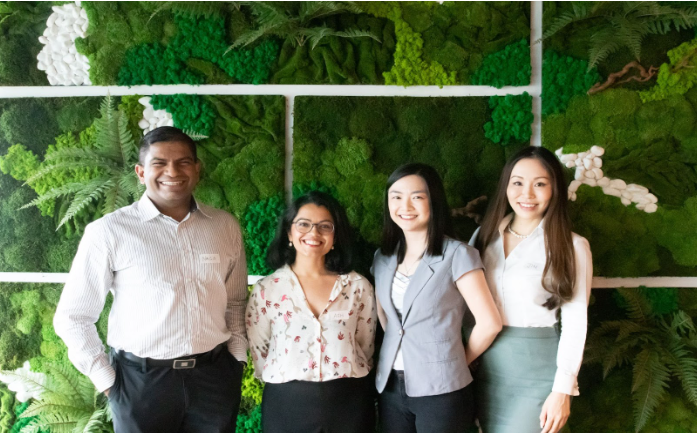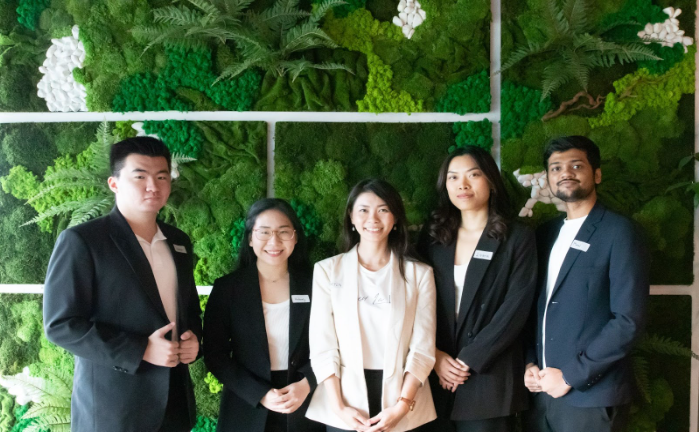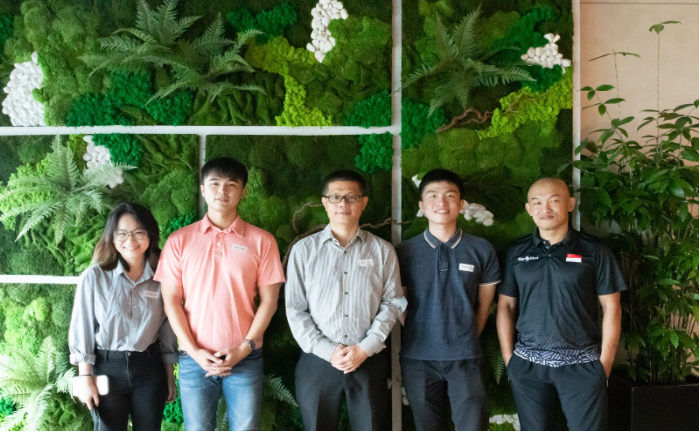A*STAR Makeathon 2022
-(1).png?sfvrsn=16199bd1_0)
This year’s A*STAR Makeathon is co-organised with our strategic partner, co11ab - BioMedTech incubator tripartite of A*STAR, NTU and NHG.
This is an opportunity for A*STAR, NTU and NHG staff to accelerate their innovative ideas into prototypes through the process of making.
This innovation programme is a chance to collaborate with like-minded individuals and create innovative solutions to important problems, all while learning new ways of working and innovating. Most importantly, we want you to have fun while being creative.
The second edition of the Makeathon focuses on the theme of Health & Wellness in the Digital Age. Our challenge statements have been developed by drawing insights from government agencies, healthcare institutes, academic institutions, and industry players.
TEAMS
A*STAR Makeathon 2022 had a total of 5 teams participating. The programme concluded on 14 October with a Demo Day event with the following results:
TOP 3
The 3 teams are currently being supported by A*STAR and Co11ab to further develop their prototypes.



First Prize: Cerebrus
Cerebrus’ solution, POWERD is a digital platform that empowers individuals to take charge of their cognitive resilience and secure their cognitive health for years of graceful ageing.
Second Prize: ARM
ARM developed UTImine, a data-driven solution for optimised care and management of recurrent urinary tract infections.
Third Prize: X-Physio
X-Physio offers an AI-powered app to enable remote physical therapy that is highly personalised. The app helps to drive better patient engagement and outcomes.
OTHERS
A*lleviate
A*lleviate offers a smart analytic solution to improve the wound care experience using Computer Vision and AI, with the goal of bringing the necessary healthcare within reach at all times.
Silverhare
Silverhare developed a health monitoring platform to empower caregivers and doctors of elderly with chronic diseases to provide quality care effortlessly.
Email ask_asc@hq.a-star.edu.sg if you are interested to learn more or connect with our teams.
Opportunities & Prizes
Contact Us
FAQ
General
Intellectual Property
Innovation Award
A*STAR celebrates International Women's Day

From groundbreaking discoveries to cutting-edge research, our researchers are empowering the next generation of female science, technology, engineering and mathematics (STEM) leaders.
Get inspired by our #WomeninSTEM
